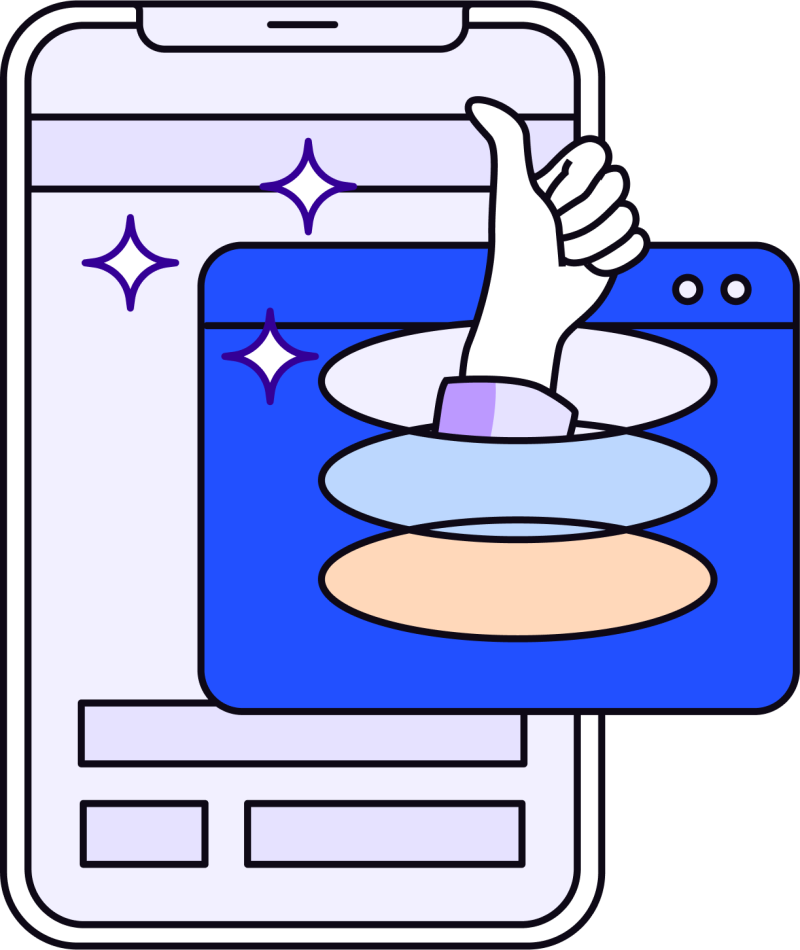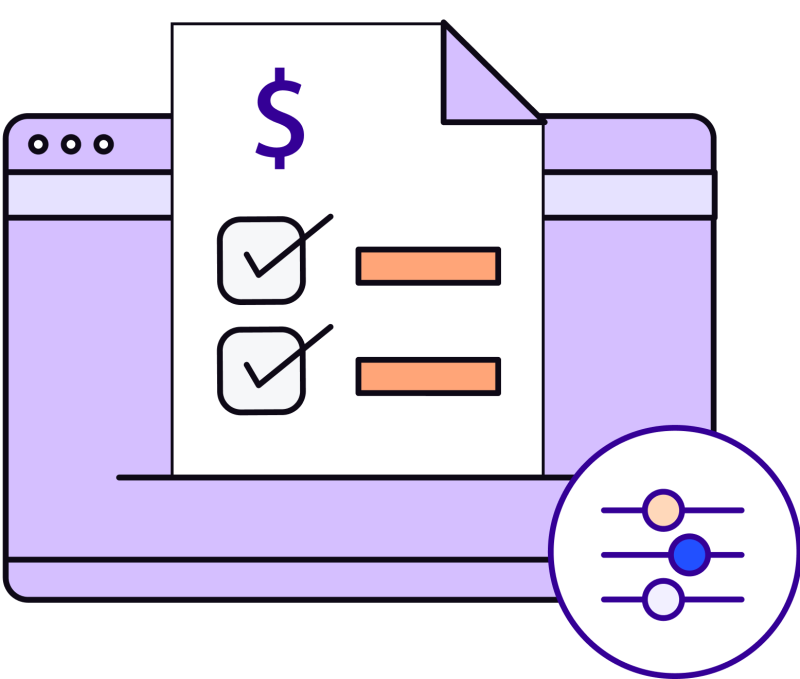Zooming with grandparents. Virtual happy hours. Greeting friends with a distanced elbow bump. The pandemic changed how we did a lot of things. Chief among them: relying on Fintech for everything.
From using your phone to pay at Whole Foods to transferring money to friends with mobile banking apps, Fintech was behind it all.
The term ‘Fintech’ encompasses any digital technology solution that optimizes financial services and banking. And its growth is only skyrocketing.
According to FT Partners, “Q1 2021 was the largest and most active quarter ever for Fintech financing activity with over $29 billion in volume across more than 750 transactions.”
In short, it’s a really good time to be in Fintech.
But with growth comes competition — and the competition is fierce. Stay on top of today’s trends and leverage your product’s design as you navigate the wild Fintech frontier.
Investors Can’t Get Enough of Fintech, and Consumers Expect it Everywhere
Of course, Fintech was around well before it became part of everyone’s day-to-day life. Online shopping, digital currencies, and depositing checks via a mobile app are examples of Fintech that have been around for years.
But these days, providing customers with a digital transaction option is no longer a nice-to-have feature — it’s mandatory to maintain relevancy. Consumers expect a seamless digital transaction experience at every turn.
And investors are taking advantage by investing more and more capital into Fintech startups than ever before.
In Q1 2021 there were over 70 rounds of financing for $100 million or more. This was a record-breaking amount, launching many companies to "unicorn" valuation levels, as reported by FT Partners.
Additionally, the amount of venture capital and strategic investors in Fintech soared in Q1 2021, with over 135 new or follow-on investments.
There is no better time to be at a Fintech startup.
Top Fintech Technology Trends That Aren’t Going Anywhere
With a level playing field, more people are using Fintech products to perform daily tasks: deposit a check, pay a babysitter, or submit a student loan payment.
They’re not just for tech-savvy users anymore. They’re for anyone with an Internet connection.
The following Fintech technology trends have shot up in popularity in the last few years, no doubt exploding during COVID:
Ecommerce Where would any of us be without Shopify or similar eCommerce platforms? You probably have a website that uses an eCommerce platform open in your tabs right now. It’s inevitable: As more brick and mortar spaces shift to selling online, eCommerce platforms will only continue to be necessary to do business.
Buy Now, Pay Later As consumers continue to contend with the economic fallout from the pandemic, buy now, pay later models will be increasingly utilized payment services. Companies like Klarna and Quadpay split up payments into smaller chunks that allow users to pay off the full bill later. Did we mention no interest? Of course, this is going to stay popular.
Digital-only banks Going to a bank is so 2019. When was the last time you talked to a teller in person? Whether it’s a bank with no physical location, like Ally Bank, or a bank with solid online capabilities, more and more consumers are utilizing financial services from their phone or desktop. And they love it. That’s fewer errands to run and lines to stand in.
Contactless payments No-contact options were gaining steam before COVID. Now? They’re expected. QR codes, tap to pay, online invoicing, and Square are contactless options that allow consumers to purchase sans touching. It’s convenient, and it works. Still, pass the hand sanitizer.
Investing Utilizing investing apps has always been around. But stalwart sites like Robinhood, TD Ameritrade, and E*Trade have stepped up their functionality to accommodate more investors — from novice to pro. Instead of going in to talk to a financial advisor, consumers can stay in their pajamas while they trade stocks. And really, can you blame them?
Digital currencies For early adopters comfortable with risk, cryptocurrencies and digital currencies are a whole different world. These alternatives to traditional hard cash have the potential to completely change how the world operates. There are a lot of unknowns, but this is a trend that isn’t going away.
Fintech Startups: Embrace Design to Dominate the Competition
When there are hundreds, if not thousands, of new Fintech startups raising money every month, how do you stand out?
The answer: Powerful user experience in tandem with smart design.
The bar is officially raised (high). Users simply won’t waste time wading through a mediocre user experience. Here’s what they expect — and what your product should deliver:

Speed Your product should be fast. No one has patience these days, so why would you expect your customers to? Make sure your process has minimal friction and offers time-saving features like recurring subscriptions or easy repeat purchases. If it saves your user time without sacrificing quality, it’s going to be a winner.

Simplicity Since you’re appealing to a wider audience than ever, you have to ensure your product is easy to understand and navigate. Consider fonts and colors that someone doesn’t have to squint to make out. And make sure your processes aren’t complicated or confusing to your audience. Lastly, don’t forget about accessibility standards and user testing to solidify your design.

Personalization Customization is everywhere — from your coffee order to your stock portfolio. So a one-size-fits-all product design for your audience simply will not do. Based on your users’ preferences and past behaviors, you can create a unique experience to make each user feel seen and remembered. Consider adding personalization to emails, or offer smart recommendations based on their past order history. Go on, make ‘em feel special.

Trust Building trust is fundamental for brand loyalty, but especially in an industry that revolves around sensitive information. Employ social proof such as testimonials, verified logos, and third-party authentication to prove you care about security. Building a cohesive, smart brand aesthetic builds rapport and ensures you’re trustworthy.

Optionality Flexibility isn’t just for yoga. It’s for Fintech apps, too. Your product should offer users flexibility in transaction and payment processes (looking at you, buy now, pay later!) More options allow you to appeal to a wider audience.

Animation Your product is a living, breathing thing. Show it with animation! Animation includes anything that moves on your site. A blinking CTA button; a quippy video demonstrating how your product is used; smooth visual transitions. You have endless interactive, animation options to surprise and delight your audience — and leave them wanting more.
In FT Partner’s report, Q1 2021 saw a total M&A dollar volume of $95 billion, with 21 deals all valued over $1 billion. That’s the most in a single quarter. Ever.
As you build your product to be part of the next round of groundbreaking investments, know this: Design matters. Put a special emphasis on a robust design and your product is sure to stand out.
Here’s hoping when you land a new investor you’ll have a celebratory happy hour — in person.










